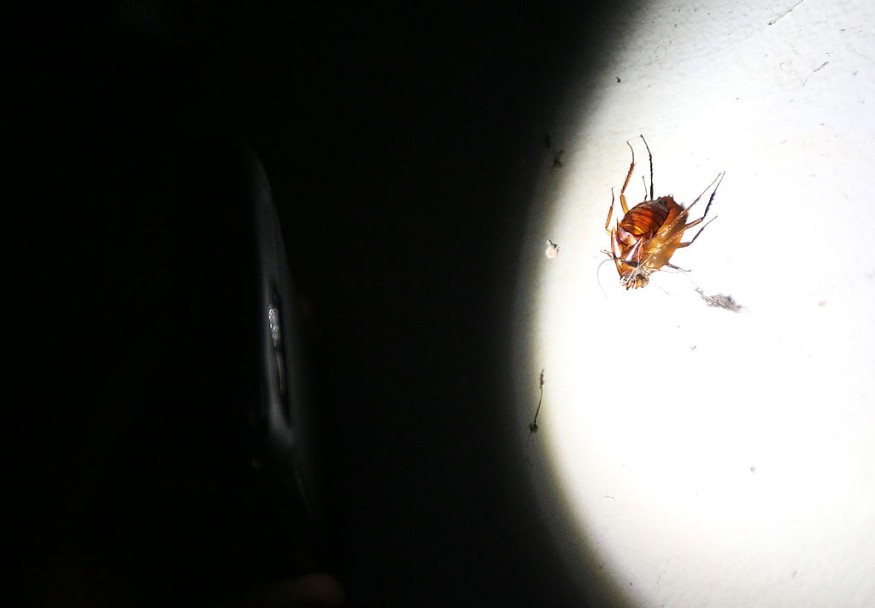
Brood care is a different level of parenthood for these ancient insects. They are quite protective of their eggs or young offspring, carrying them around like grapes in a vine.
Fossils of Jurassic insects which seems to wear clusters of eggs dangling off their legs could be the earliest evidence of brood care in an insect species, according to LiveScience. The 160-million-year-old fossils were excavated from the Haifanggou Formation, also known as the Jiulongshan Formation, a geological location of fossil-filled rock deposit near the village of Daohugou in northeastern China.
A variety of fossils have been discovered at the same site in the past which includes preserved remains of feathered dinosaurs, ancient mammals, giant fleas and long-proboscid scorpionflies.
The recent find reached nearly 160 fossilized water bugs Karataviella popovi from the Middle-Late Jurassic Daohugou biota. 30 adult females bear clutches of eggs on their left mesotibia, an asymmetric egg-carrying behavior unknown in all extinct and extant insects.
A Unique Brooding Strategy
The study published in the journal Proceedings of the Royal Society B: Biological Sciences represents evidence of earliest maternal instinct of well-preserved K. popovi females, tracing back to at least the Middle-Late Jurassic, and highlighting the existence of diverse brooding strategies in Mesozoic insects.
According to the study authors' description, the densely-packed eggs were arranged in five or six staggered rows, with six to seven eggs per row, each attached via a short 'egg stalk'. Each egg measures about 0.04 to 0.05 inches (1.14 to 1.20 millimeters) across which is considerably a hefty size since K. popovi adults only measure roughly 0.5 inches (12.7 mm) long.
While the eggs were anchored to their left mesotibia, attached by a sticky mucus and then executing specific bending movements of the abdomen, "the unoccupied right mesotibia might have been used to maintain balance when swimming and feeding," the authors reported.
These massive water bug eggs are also likely to contain an ample supply of nutrients for their offspring. However, laying large eggs also comes with a cost, the authors noted, as large eggs are "more difficult to aerate with oxygen than small eggs, due to their low surface area to volume ratio."
As a result, the team hypothesized that carrying eggs on their legs allows the eggs to gently jiggle on their stalks, while the K. popovi maximized the flow of oxygen from the surrounding water to their developing offspring.
Evolution of Brood Care in Insects
"To our knowledge, carrying a cluster of eggs on [one] leg is a unique strategy among insects, but is not unusual in aquatic arthropods," the study authors wrote, referring to crustaceans. "Our finding pushes back the evidence of definitive brooding behavior in insects by almost 38 million years, which are helpful for understanding the evolution and adaptive significance of brood care in insects."
In addition, their discovery also reveals that a specialized filter-capture apparatus of K. popovi probably represents pre-adaptions originally used for trapping coeval anostracan (fairy shrimp) eggs for food.
Related article : Alien Sea Creatures Wash Up on Australian Coasts
© 2025 NatureWorldNews.com All rights reserved. Do not reproduce without permission.





